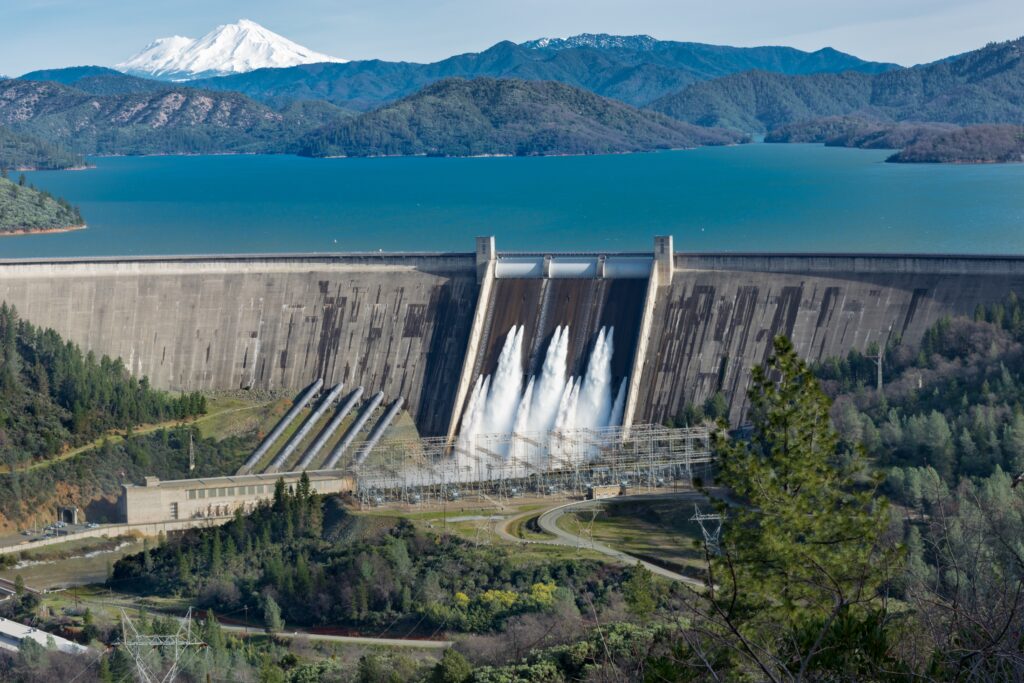Pros and cons of hydroelectric power plant
Explore the pros and cons of hydropower in this article. Understand its benefits and drawbacks to make informed energy choices for a sustainable future.

The pros and cons of hydropower plants :
pros:
- The operating cost of a hydropower plant is much lower than a thermal power plant.
- A lower load factor of a thermal power plant increases the production cost per unit of electricity. On the other hand, the load factor has no significant effect on the production cost of hydropower plants.
- Thermal power plants have a lifespan of 20-25 years but hydropower plants have a lifespan of 100-125 years. That is, this plant is relatively long-lasting.
- The maintenance cost of a hydropower plant is only one-fifth of that of a thermal power plant.
- as it does not require any fuel, there is no need to purchase and transport fuel like thermal power.
- It does not because air pollution as it does not require ash transfer or fly ash extraction.
- Water power plant machines last longer as they have low rotational speed and are free from the effects of heat and pressure.
- Generally, the land cost is negligible as such power plants are set up in hilly streams.
- Compared to steam power plants it can meet variable load demand very easily.
- Hydropower plants do not lose efficiency over time as steam power plants do.
- It has no stand-by loss like a thermal power plant.
- It has fewer auxiliary components than steam power plants.
- Overall the cost per unit of electricity produced in hydropower plants is very low.
cons:
- Installation cost of hydro power plant is higher than steam power plant.
- Its power generation is dependent on the availability of water. Therefore, when rainfall is low, power generation is reduced, and may even cease.
- Hydroelectric power stations are established where sufficient head of water is available. Hence the plant is located far from the load center and the transmission cost is high.
- It takes a lot of time to set up this plant.
- Vast areas are required to collect water and many houses are submerged under water.
Comparison between hydro vs steam plant
- The initial installation cost of the steam power plant is high but the installation cost of a hydropower plant is higher.
- Steam power plants require more space. While hydroelectric power plants require relatively less space, reservoirs and catchment areas require large areas.
- Steam power plants require 3-5 years for installation and commissioning whereas hydro power plants take 10-15 years for installation and commissioning.
- The operating cost of a steam power plant is high whereas a hydropower plant has zero operating cost.
- At full load the efficiency of the steam power plant is 45% but at part load, the efficiency of the thermal power plant is much less. On the other hand, the efficiency of a hydropower plant is 90% at full load and the efficiency is about the same at the partial load of more than 20%.
- A hydropower plant can have a life span of hundreds of years whereas a steam power plant has a life span of only a few decades.
- Hydropower plant has no stand-by loss, which is the case for steam power plants has
- The efficiency of steam power plants decreases very quickly with use. However, the efficiency of hydropower plants does not decrease rapidly.
- Hydropower plants offer additional benefits. For example, recreation, fisheries, irrigation, and flood control. However, similar facilities are not available with steam power plants.
- Steam power plants can be driven by stored water in hydropower plants.
- Ash and flue gas from steam power plants pollute the environment but hydropower plants do not.
- Steam power plants can be used as baseload plants – and not at peak load – but hydropower plants can be used as baseload and peak load plants, although it is preferable to use them as peak load plants.
